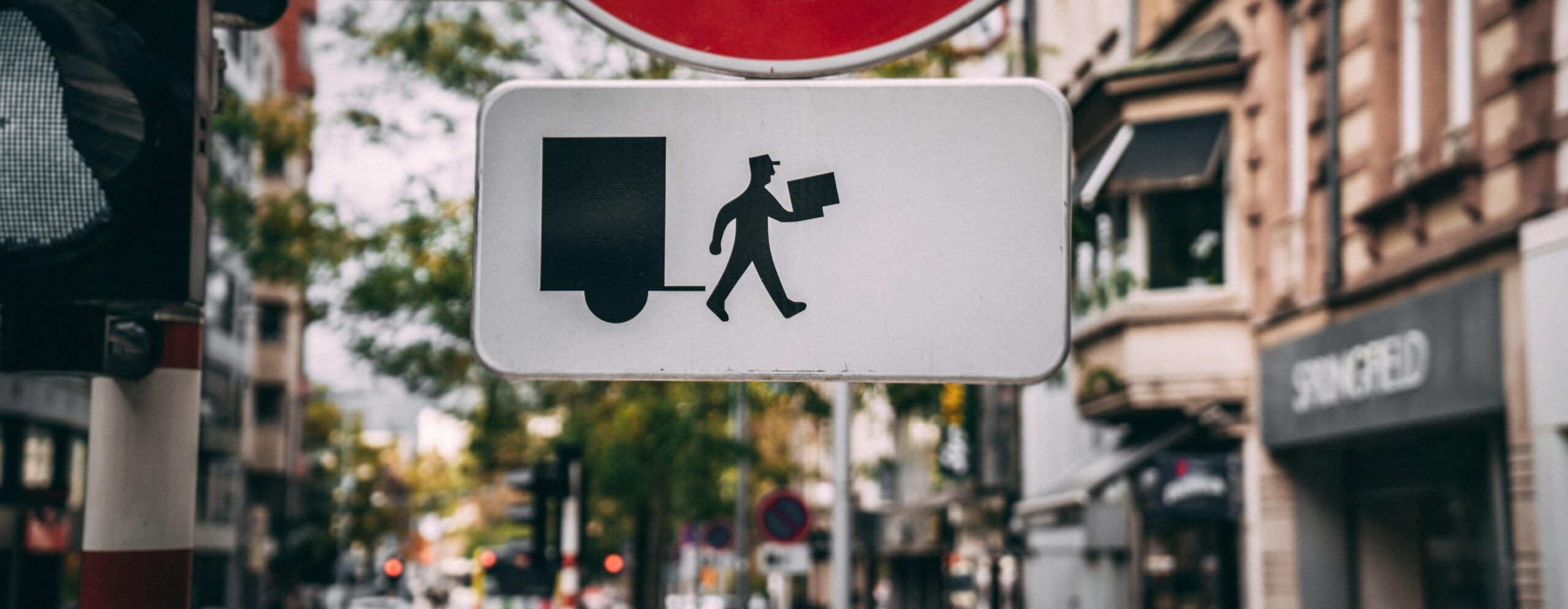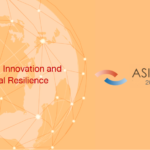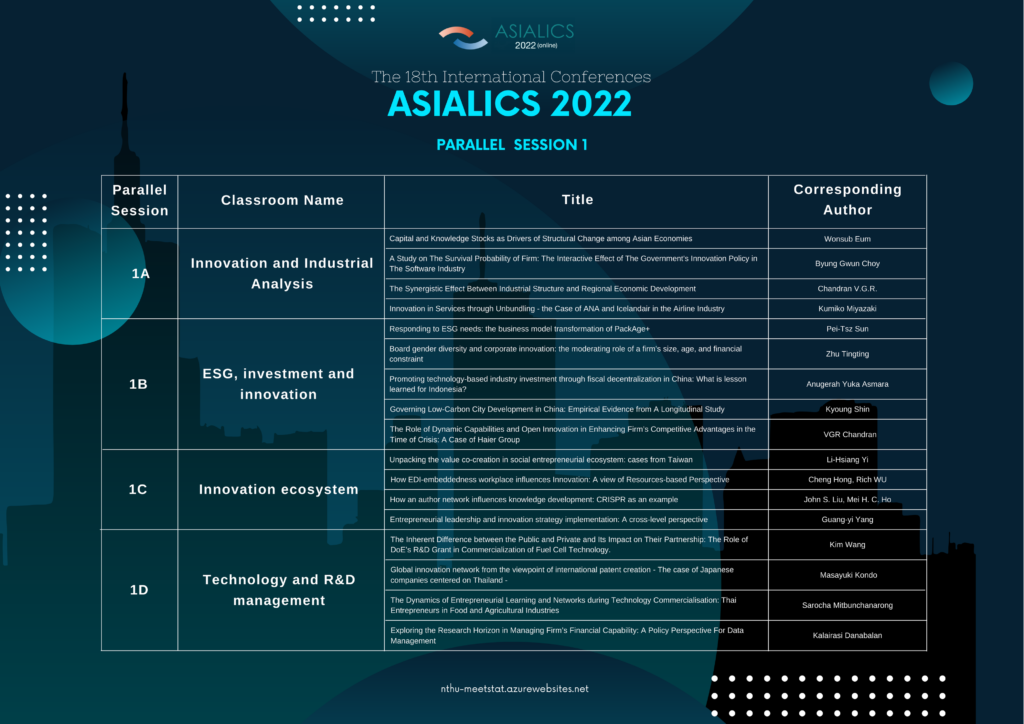What is RePack?
RePack is a company based in Finland who makes efforts in the aspect of waste reduction by providing Transit Packaging (reusable packaging for transport). They provide packaging for B2C e-commerce products that do not need hard packaging protection and motivate customers through discounts of next order in online stores.
How does RePack work?
RePack provides packaging for more than 50 e-retailers and have over 50,000 end-users. During online shopping, customers can place orders with choosing RePack’s reuse packaging. Then order is delivered in a RePack’s packaging with a prepaid return label. Customers send the reuse packaging through post office, without costing a penny, back to RePack for quality check and cleaning before the next package redistribution. Customers also receive discount coupons that can be used in the next purchase in any partner stores. Before being disposed of, RePack can be used for 20 to 50 times.
Why does RePack work?
E-retailer side
1. Barcode for tracking
Each shipper has a unique barcode that can help track package cycles and trigger customer rewards after RePack is sent back.
2. Quality assured
All RePack packaging products are high-quality, waterproof, and durable, which assure safe delivery and prevent merchandises within from the chance of damage.
3. Whole Set of Service but with Lower Costs
Reusing packaging is the concept of sharing packaging across different e-retailers. Packaging costs in the long term can be reduced through outsourcing of the reverse logistics that can lower costs. Also, the service RePack offers including the quality-assured packaging, return label, cleaning and checking of the returned packaging, and also the rewarding system. E-retailers only have to join RePack then can receive the whole set of service.
Customer side
1. Rewarding System
Customers receive discount vouchers when sending back the RePack and the discounts can be used in further purchase in any partner stores. This rewarding mechanism serve as an incentive for using RePack continuously and also create brand loyalty.
2. Clear Instructions
As the packaging design goes simple, the need for clear instructions of sending RePack back is definite, so end-users must be educated on RePack’s system. Clear and brief instructions on the packaging teach end-users how to return the RePack packaging. The QR codes on the packaging will lead people to animations and videos that provide an even more distinct picture of reusable packaging.
What are the related directives and regulations?
- Packaging and Packaging Waste Directive (PPWD, 94/62/EC) (31 December 1994)
- Waste Framework Directive (2018/851) (30 May 2018)
- Directive 2018/852 (Amending PPWD) (30 May 2018)
- European Green Deal (11 December 2019)
- New Circular Economy Action Plan (11 March 2020)
Packaging and Packaging Waste Directive (PPWD, 94/62/EC)
The directive 94/62/EC covered all types of packaging placed on the EU market and all packaging waste. This directive regulates the chemicals and heavy metals present in packaging. In general, the sum of concentration levels of heavy metals present in packaging or packaging components shall not exceed 100 ppm by weight.
The directive also encourages to include information as below for the users of packaging:
- The return, collection and recovery systems available
- Reuse, recovery, and recycling of packaging and packaging waste
- The meaning of markings on packaging
- Management plans for packaging and packaging waste
In summary, the packaging shall meet the essential requirements as following:
- Limit the weight and volume of packaging
- Reduce the content of hazardous substances and materials
- Reusable or recoverable packaging.
- Biodegradable packaging is highly recommended
Waste Framework Directive (2018/851)
In 2018, the new Waste Framework Directive (2018/851) was adopted. The targets laid down preparing for re-use and recycling of waste should be increased to make them better reflect the Union’s ambition to move to a circular economy.
In this directive, the five-steps “waste hierarchy” establishes an order of preference for managing and disposing of waste. Member States should set the waste management options with the most environmental impact: prevention and preparation for reuse and recycling, as their priorities. The directive also introduces the “polluter pays principle” and the “extended producer responsibility”.
Directive 2018/852 (Amending PPWD)
In addition, the Directive 2018/852 of amending Directive 94/62/EC on Packaging and Packaging Waste (PPWD) sets out Article 5: Reuse. “Member States shall take measures to encourage the increase in the share of reusable packaging placed on the market and of systems to reuse packaging in an environmentally sound manner.” To achieve this goal, Member States are recommended to use measures such as deposit-return systems, economic incentives, or targeting a minimum percentage of reusable packaging to be placed on the market.
European Green Deal
According to the website of European Union, it is a roadmap for making the EU’s economy sustainable by turning climate and environmental challenges into opportunities across all policy areas. The European Commission adopted a set of proposals to make the EU’s climate, energy, transport and taxation policies fit for reducing net greenhouse gas emissions by at least 55% by 2030, compared to 1990 levels. The European Green Deal will improve the well-being and health of citizens and future generations by making efforts in several aspects, and one that is related to reusable packaging is to provide longer lasting products that can be repaired, recycled and re-used.
New Circular Economy Action Plan
New Circular Economy Action Plan is part of a wider EU strategy – the New Green Deal – which aims to create a climate-neutral, resource-efficient and competitive economy by 2050.
1. Make sustainable products the norm in the EU.
- The Commission will propose legislation on Sustainable Product Policy, to ensure that products placed on the EU market are designed to last longer, are easier to reuse, repair and recycle, and incorporate as much as possible recycled material instead of primary raw material.
2. Ensure less waste.
- The focus will be on avoiding waste altogether and transforming it into high-quality secondary resources that benefit from a well-functioning market for secondary raw materials.
When it comes to packaging, the document sets the target of “all packaging on the EU market being reusable or recyclable in an economically viable way by 2030”. More specifically, the main actions on packaging are to reduce (over)packaging and packaging waste, to promote design for reuse and recyclability of packaging, and to reduce the complexity of packaging materials used.
Personal Insights
In my research, I am going to compare the company from Finland, RePack, with the company form Taiwan, PackAge+.
RePack is the successful player in the field of reusable packaging and its business model has been imitated by PackAge+. However, there are still several differences that can be highlighted.
First, RePack allows everyone or any shops to use their packaging simply through buying the service on online shop. Becoming partner shops is the only way to use packaging from PackAge+ and due to the lack of publicity, it is hard for PackAge+ to find ideal partner shops.
Second, the rewarding system of RePack serves incentives for customers to use the RePack service. After returning RePack packaging, a discount coupon would be given to customers and can be used in any shops that use RePack service. PackAge+ can also develop a similar rewarding system to motivate the usage of reusable packaging.
Third, according to a research done by Ellen MacArthur foundation, RePack has the unique barcode system that allows every shipment to be tracked and counted the reuse cycle. If PackAge+ also conduct the tracking system and print the codes on the reusable packaging, it will be a lot easier for the company to manage the reuse cycle. With the assist from Taiwan’s fast, strong and reliable logistic system, the barcode tracking can take the whole online shopping situation into a new realm of secured package safety.
References
[1] Sustainability of reusable packaging–Current situation and trends
[2] Ellen MacArthur Foundation, “Reuse: Rethinking Packaging”. Available:
https://www.ellenmacarthurfoundation.org/assets/downloads/Reuse.pdf
[3] https://www.repack.com
[4] Making the business case for packaging reuse systems
https://eurlex.europa.eu/legalcontent/EN/TXT/PDF/?uri=CELEX:32018L0851&from=EN
[5] Packaging and Packaging Waste Directive (PPWD, 94/62/EC)
https://www.compliancegate.com/european-union-packaging-materials-regulations/
[6] Waste Framework Directive (2018/851)
https://ec.europa.eu/environment/topics/waste-and-recycling/waste-framework-directive_en
[7] Directive 2018/852 (Amending PPWD)
https://eur-lex.europa.eu/legal-content/EN/TXT/?uri=celex:32018L0852
[8] European Green Deal
https://ec.europa.eu/info/strategy/priorities-2019-2024/european-green-deal_en#timeline
https://ec.europa.eu/commission/presscorner/detail/en/ip_19_6691
[9] New Circular Economy Action Plan
https://ec.europa.eu/commission/presscorner/detail/en/ip_20_420
https://eur-lex.europa.eu/legal-content/EN/TXT/?qid=1583933814386&uri=COM:2020:98:FIN

Pei-Tsz Sun
A Research Fellow in Value Chain Analysis



